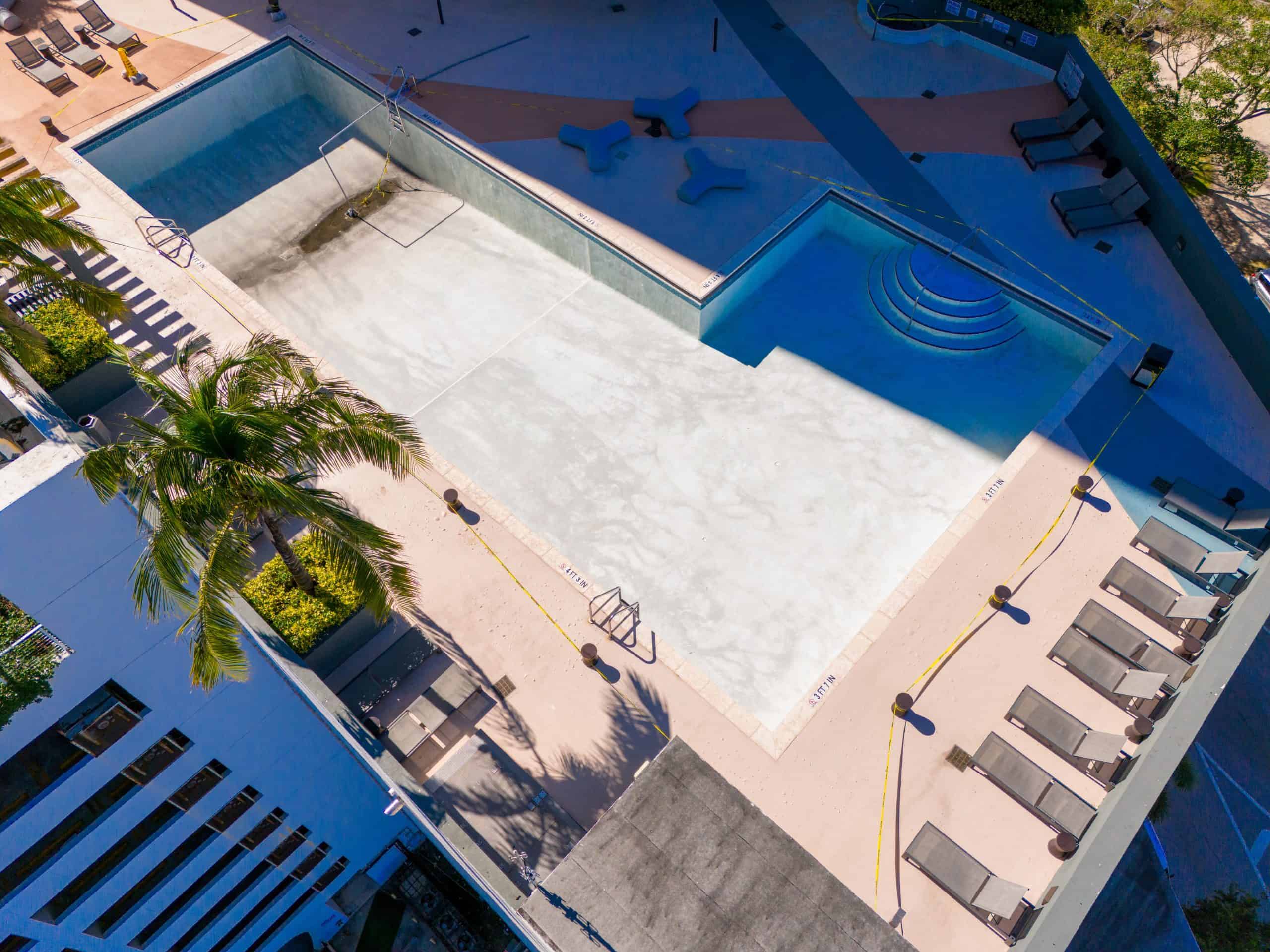The existing surface gets completely removed down to the shell—this isn’t a patch job that covers up problems. It’s a complete reset that addresses the underlying issues causing your current surface problems, whether that’s persistent stains, rough texture, or small cracks. Next comes surface preparation and any necessary structural repairs to the shell itself. This step determines how long your new surface will last, so it’s done right the first time. Any cracks in the concrete get properly repaired before the new material goes on. Finally, your chosen finish material gets applied and properly cured. Whether you choose plaster, aggregate, or pebble finish, the application process ensures even coverage and proper thickness for maximum durability. You’ll get a detailed timeline upfront so you know exactly when you can swim again.




